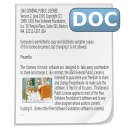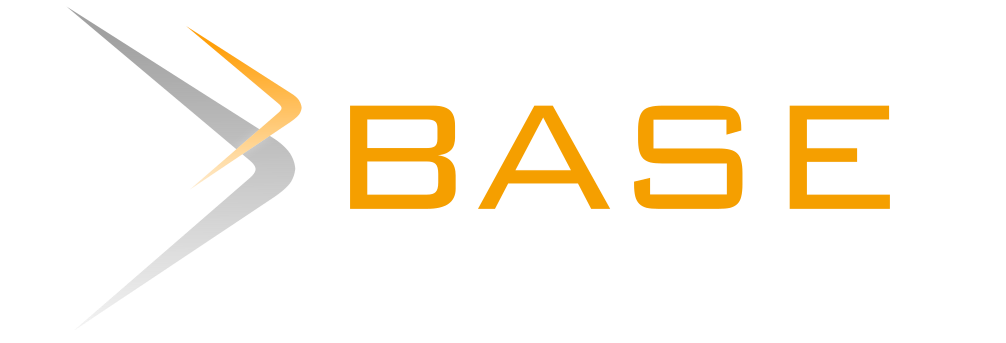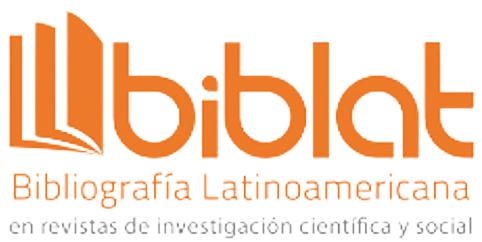How to integrate Design Thinking in the Verification and Validation of Software´s Life Cycle for Flight Simulators
Abstract
In order to ensure the Flight Simulator´s functionality, this article exposes the application of the “Design Thinking” Methodology. This will lead to provide more creative and innovative solutions during the Verification and Validation process in the Flight Simulator Software´s Life Cycle. The application of this method in the first stages of the process allows an active and early interaction with user´s needs, increasing the building of solutions and the identification of needs, heighten the final product´s standards. It is important to ensure quality in the software development of flight´s simulators, due to its application is crucial and essential to the air defense of our country.
So as to improve the aforementioned process, Design Thinking works with three main scenarios: Ideation, Inspiration and Implementation. The main objective of this article is to integrate these scenarios with the Verification and Validation of the Software´s Life Cycle and develop a new way to test software, including the user as a strategic source. It is expected that the results will contribute to create high quality products being these vital assets for the pilot´s training process who daily assume the challenge of guarding the Argentine sky.
Downloads
References
V. F. C. Osis, D. Q. Soto, A. C. Huarca and J. C. Suyo, “Casos de Estudio de Design Thinking en las etapas de Análisis y Diseño del Desarrollo de Software,” Revista Innovación y Software, no.1, vol. 3, pp. 17-29, 2022. DOI: https://doi.org/10.48168/innosoft.s8.a50
J. C. Espinoza Vásquez and E. E. Espinoza Zapata, “Marco de trabajo en base a Design Thinking y metodologías ágiles de desarrollo de software”, thesis, Universidad Peruana de Ciencias Aplicadas, Lima, 2017.
L. A. Baquero Hernández and C. C. León Suarez, “Integración e implementación de realidad virtual para un Simulador de entrenamiento de vuelo de uso libre”, thesis, Fundación Universitaria Los Libertadores, Bogotá, 2022.
S. I. Pedraza Gutiérrez, J. F. Romero-González, J. C. Güiza Rodríguez and E. W. Giraldo Henao, “Diseño centrado en el usuario y experiencia de usuario en el sistema de control de acceso de la Universidad Libre,” Revista Científica de Sistemas e Informática, no.1, vol.3, pp. 426, 2023. DOI: https://doi.org/10.51252/rcsi.v3i1.426
M. L. F. Rojas, “Pensamiento de diseño y marcos éticos para la Inteligencia Artificial: una mirada a la participación de las múltiples partes interesadas,” Revista Desafíos, no.1, vol.35, pp.1, 2023. DOI: https://doi.org/10.12804/revistas.urosario.edu.co/desafios/a.12183
D. M. Ortega Ávila, “Aplicación de la Metodología Design Thinking para el Diseño y Comercialización de Agendas Personalizadas en la Ciudad de Santa Marta”, thesis, Universidad Antonio Nariño, Colombia, 2023.
E. A. S. Gonzales, C. L. S. Bobadilla, J. C. A. Uñapilco and D. H. Quispe, “Design Thinking para resolver problemas con la selección de métricas en la Calidad del Software,” Revista Innovación y Software, no.1, vol.3, p.67-80, 2022. DOI: https://doi.org/10.48168/innosoft.s8.a54
J. J. G. Valdivia, S. M. Z. Quentasi, D. M. C Yana, R. E. C. Apaza and Y. P. Vera, “Design Thinking en la Planificación de Pruebas de Software,” Revista Innovación y Software, no.2, vol.1, pp. 40-51, 2020. DOI: https://doi.org/10.48168/innosoft.s2.a24
E. R. A. Serrato, “Propuesta de Alfabetización Digital para las mujeres beneficiarias del programa “Mujer Es”, de la Fundación Misión y Vida, en el Departamento del Huila, República de Colombia”, Tesis Doctoral, Corporación Universitaria Minuto de Dios, Colombia, 2021.
A. M. Ospina Rivera, and D. M. González Arévalo “Validación por medio de la aplicación del Design Thinking de la oferta de un servicio de medición de emisiones de gases efecto invernadero para el sector pecuario”, Tesis de Maestría, Universidad EAN, Colombia, 2021.
L. Merino García, “Desarrollo de un sistema automático de validación y verificación de software,” Thesis, Universidad Pública de Navarra, Pamplona, 2021.
C. Maximiliano, “Introducción al Testing de Software”, Thesis, Universidad Nacional de Rosario, Santa Fe, 2021.
M. S. Martínez, D. I. Martínez, V. R. Filoniuk, G. G. Chiappori, A. C. Diz and S. E. Arias, “Aplicación de Norma ISO 9241-11 para la Evaluación de la Usabilidad en Simuladores de Vuelo”, Revista Innovación y Software, no.2, vol.3, pp. 70-80, 2022. DOI: https://doi.org/10.48168/innosoft.s9.a68
G. I. H. Zapana, N. H. Castro, M. A. S. Tico, E. D. C Choquehuanca and A. D. T. Bejarano, “Aplicación del método Design Thinking en el área de requerimientos de software,” Revista Innovación y Software, no.1, vol.2, p. 43-52, 2021. DOI: https://doi.org/10.48168/innosoft.s5.a37
B. L. V. Márquez, L. A. I. Hanampa and M. G. M. Portilla, “Design Thinking aplicado al Diseño de Experiencia de usuario”, Revista Innovación y Software, no.1, vol. 2, pp.6-19, 2021. DOI: https://doi.org/10.48168/innosoft.s5.a35
- Conceptualization
- Formal Analysis
- Investigation
- Methodology
- Writing - original draft
- Writing - review & editing
- Conceptualization
- Formal Analysis
- Investigation
- Methodology
- Writing - original draft
- Writing - review & editing
- Conceptualization
- Formal Analysis
- Investigation
- Methodology
- Writing - original draft
- Writing - review & editing
- Conceptualization
- Formal Analysis
- Investigation
- Methodology
- Writing - original draft
- Writing - review & editing
Copyright (c) 2023 Innovation and Software

This work is licensed under a Creative Commons Attribution 4.0 International License.
The authors exclusively grant the right to publish their article to the Innovation and Software Journal, which may formally edit or modify the approved text to comply with their own editorial standards and with universal grammatical standards, prior to publication; Likewise, our journal may translate the approved manuscripts into as many languages as it deems necessary and disseminates them in several countries, always giving public recognition to the author or authors of the research.
























